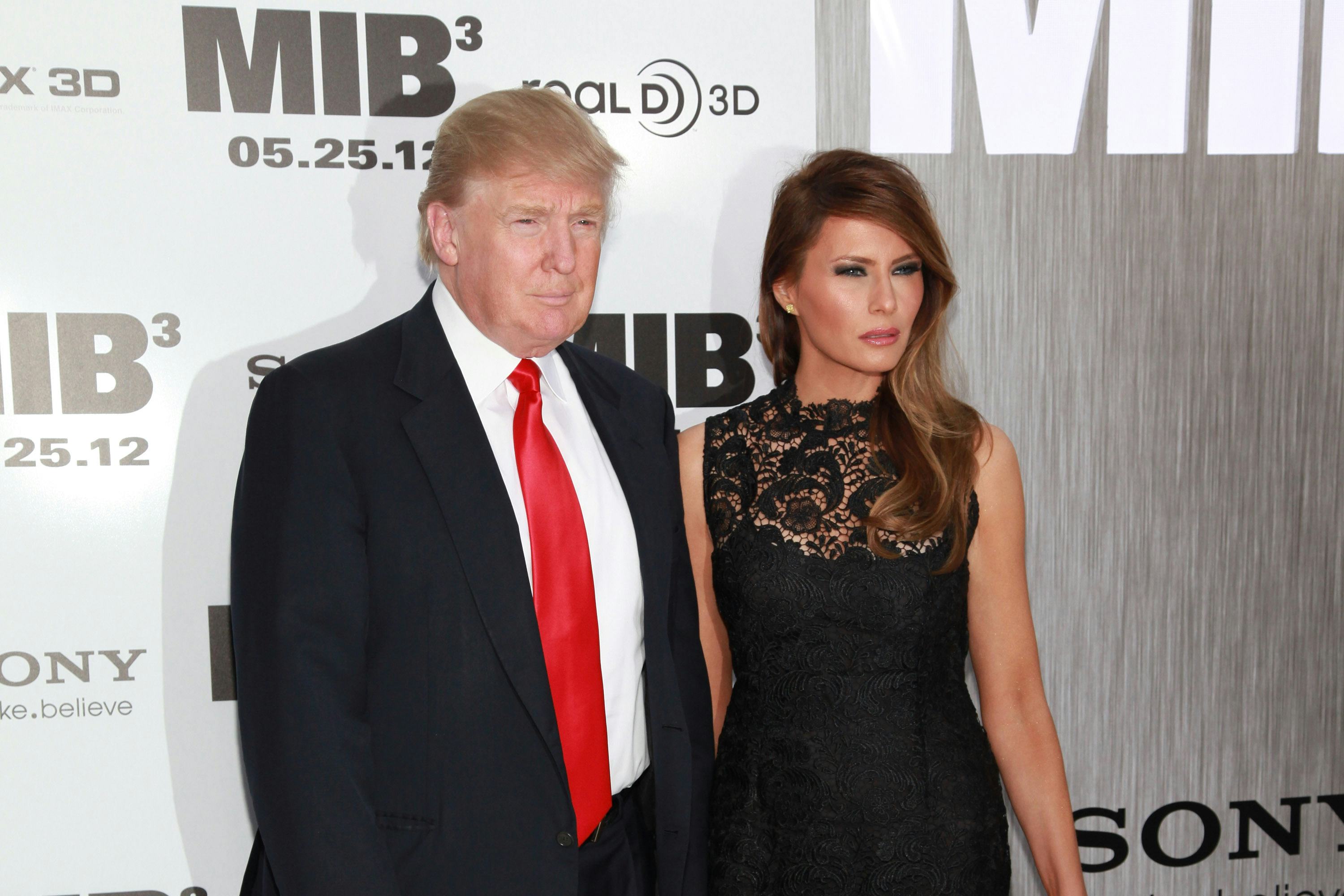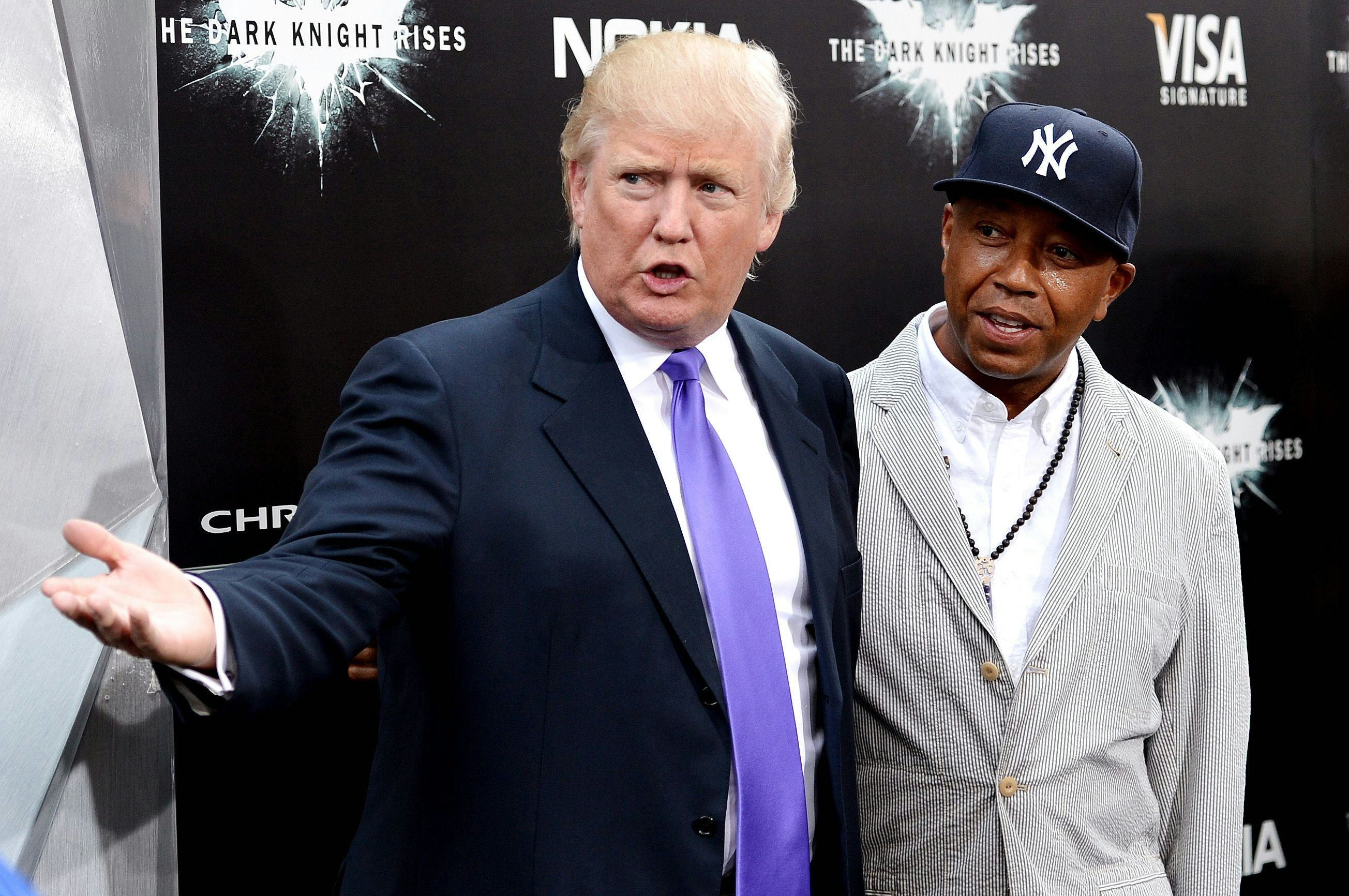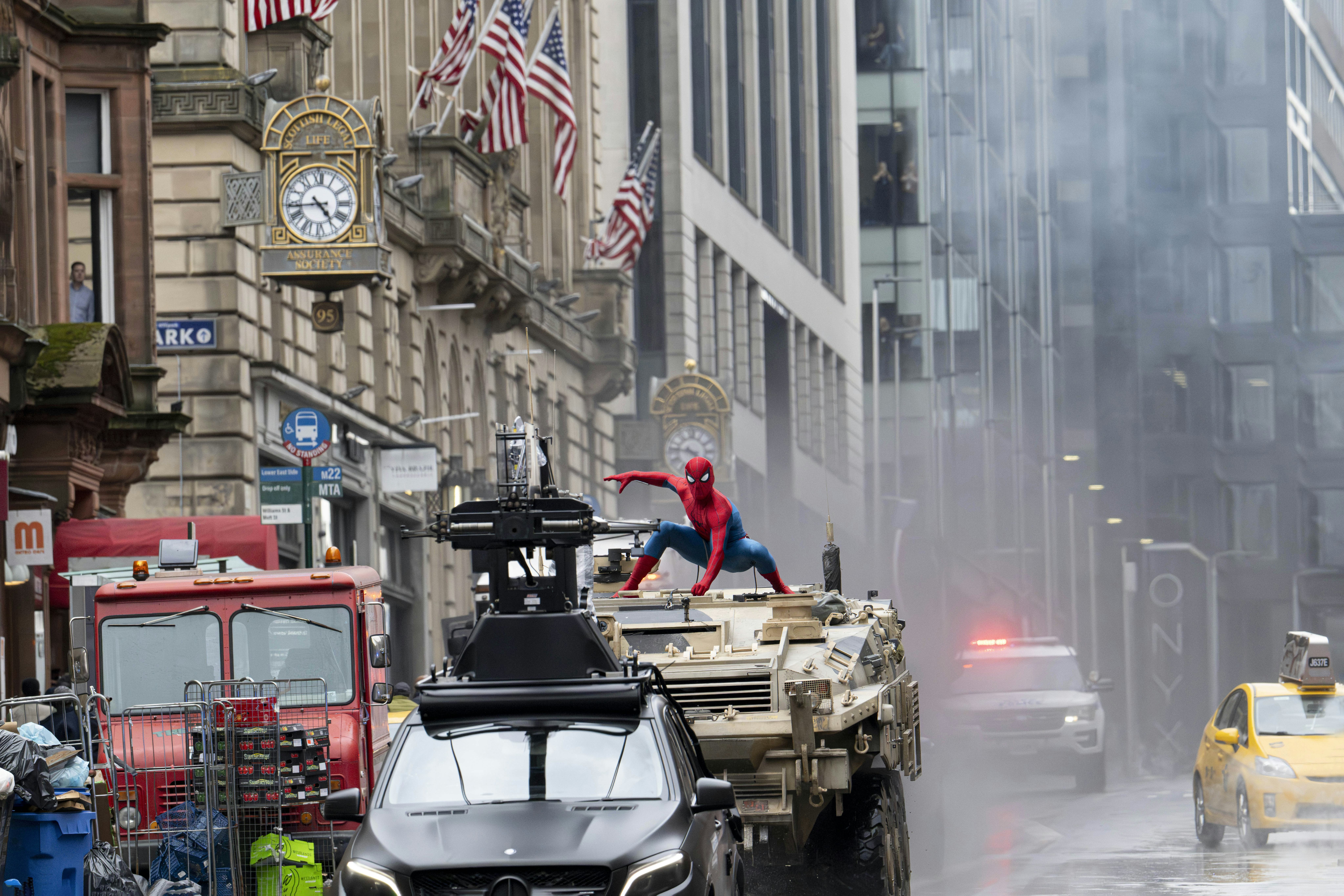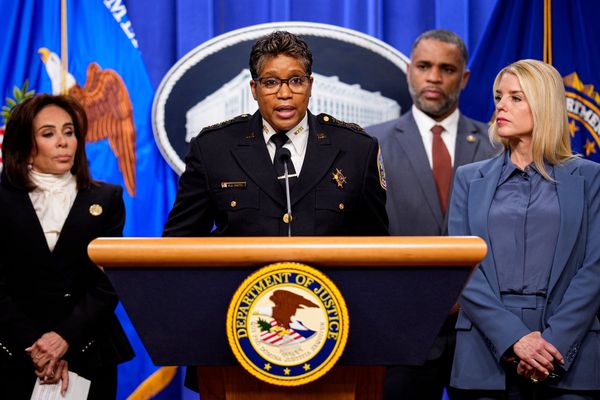
In May, President Trump announced a plan to “fix” Hollywood and the movie industry, declaring tariffs on all movies made outside the United States. Tariffs are nothing new from Trump, as they’ve been his go-to move to bolster American trade since the beginning of his second administration. But previous tariffs have focused on material goods, from vehicles to steel to kitchen cabinets. Efficacy aside, that’s what tariffs are theoretically for: to incentivize American production.
Movies, on the other hand, aren’t made in factories. They are vast creative projects resulting from hundreds, if not thousands, of people working together, and they aren’t just “made” in one place by one country. Nothing happened after Trump’s May announcement, leading to the assumption that he’d realized how difficult it would be to enforce such sanctions, or simply forgot. But Trump just doubled down on this cryptic plan, even though no one seems to know how it would work.

“Our movie making business has been stolen from the United States of America, by other Countries, just like stealing ‘candy from a baby,’” Trump wrote in a Truth Social post. “California, with its weak and incompetent Governor, has been particularly hard hit! Therefore, in order to solve this long time, never ending problem, I will be imposing a 100% Tariff on any and all movies that are made outside of the United States.”
There are obviously several issues here. First, how do you define a movie that’s “made” outside of the United States? Does that count globe-hopping adventures that are released by American studios but filmed all over the world? What about internationally-made movies that find American distributors? What does a tariff on a movie even look like?
It’s true that some American studios have centered productions outside of the United States. For example, Marvel productions used to be based in Atlanta, but filming now mainly taking place in the United Kingdom. However, there’s already a system in place to incentivize American production: tax credits, which reward local filming during the production stage instead of punishing foreign production after the fact. For example, Fallout Season 1 was filmed in Namibia as well as Utah and New York, but thanks to a new tax credit scheme, Season 2 will film in California. When it comes to show business, the carrot is definitely better — or at least more precedented — than the stick.

Beyond all that, there’s a very practical issue with this plan: movies are no longer giant film reels. You can’t simply stop a movie at the border and make it go through customs. Movies are now mainly digital goods, and that makes placing tariffs on them not only complicated but (for now) illegal; the World Trade Organization has placed a moratorium on customs for digital goods until 2026. Trump has ignored the law before, but even if you punish a production for using, say, a foreign special effects team, a comparable American studio won’t appear overnight.
Perhaps seeing the Japanese-made Demon Slayer top the box office prompted Trump to re-up this wild idea, but it doesn’t look like this doubling down actually offers anything new in terms of real action. Trump announced this once and did absolutely nothing to follow up, and the same result seems likely again.







